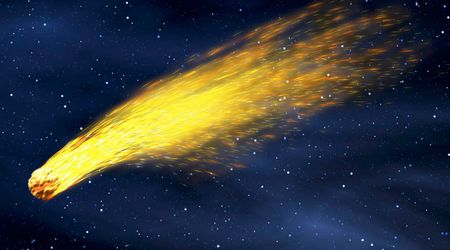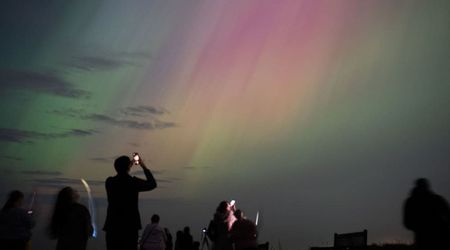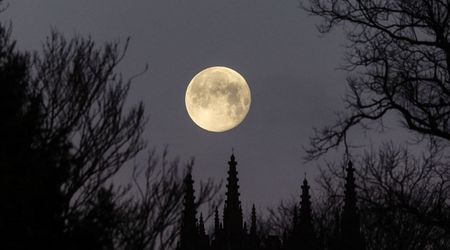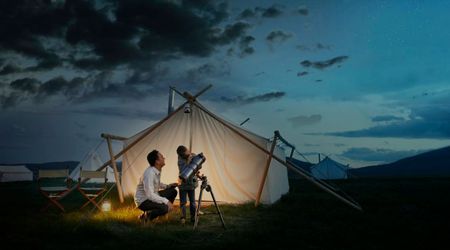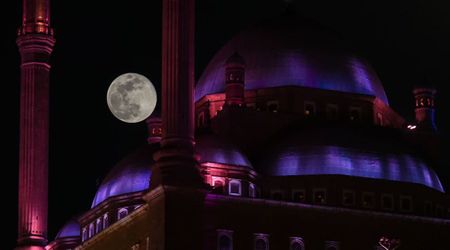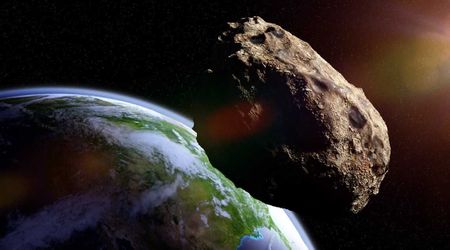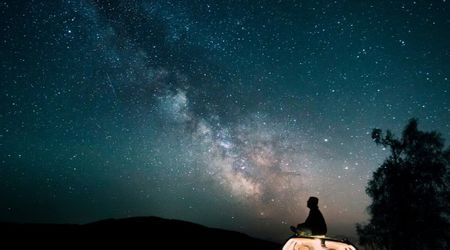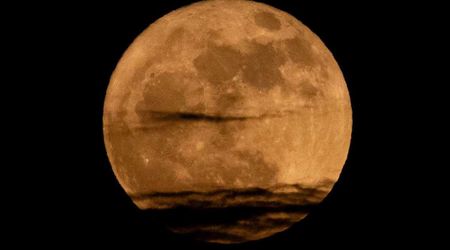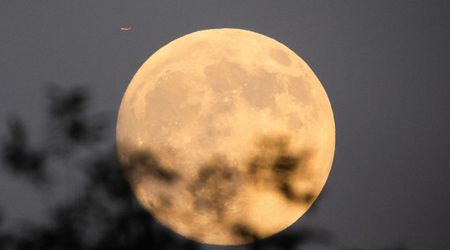In pics: 'Blood Moon' total lunar eclipse as seen from Japan, Egypt, India and across the globe
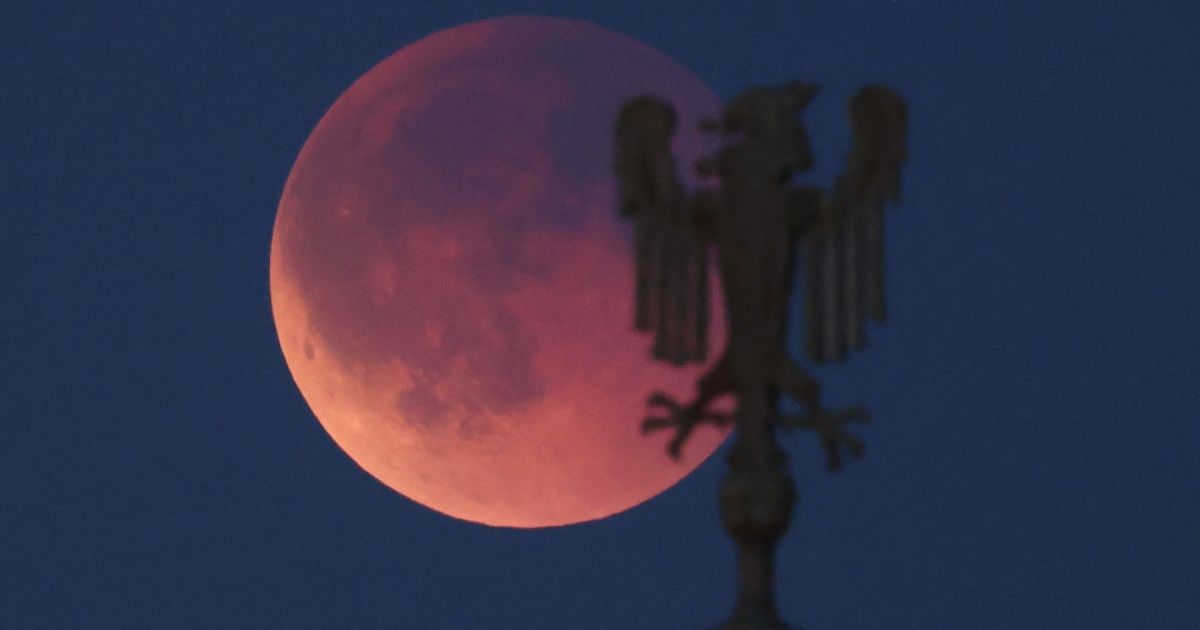
A spectacular celestial event concluded this week as a total lunar eclipse, dubbed the “Blood Moon,” painted the night sky with a deep crimson glow over the weekend. The astronomical phenomenon, which captivated viewers across nearly 85% of the planet, marked the longest eclipse of its kind in three years, with the Moon cloaked in a vivid red for a remarkable 82 minutes.

From Tokyo to Cairo and New Delhi to Berlin, observers from diverse corners of the globe were treated to the synchronized spectacle. The celestial alignment occurred simultaneously for all viewers on Earth, though visibility was contingent on the Moon’s position above the horizon at the time of the event. The stunning display produced breathtaking visuals, with the eclipsed Moon providing a dramatic backdrop to skylines and landscapes.
In Japan, skywatchers in Tokyo were treated to a mesmerizing view, captured in a composite image that shows the Moon’s full transition from a partial to a total eclipse. The series of photos highlights the gradual change in color and shape as the celestial alignment reached its peak, offering a detailed record of the event.


Across the globe in Egypt, the Blood Moon provided a breathtaking sight over the vast Sinai desert near Al-Arish. The stark, arid landscape served as a perfect canvas for the deep red hue of the eclipsed Moon, creating a powerful contrast that was captured by photographers.


In India, the spectacle was seen from the outskirts of New Delhi, where the glowing red Moon emerged behind the city's modern high-rise buildings. This blend of natural wonder and urban architecture offered a unique perspective on the event, showcasing the eclipse as a shared experience for those in both rural and metropolitan areas.


The eclipse also captivated audiences in Indonesia, where the Blood Moon was prominently visible from cities like Surabaya. The view was unobstructed for many, allowing residents to witness the full, rich color of the Moon as it reached its deepest red.


Europe also had front-row seats to the cosmic event. In Austria, the blood moon rose dramatically over the historic city of Vienna, casting a mystical glow over its well-known landmarks. Meanwhile, in Germany, the red-hued Moon was seen glowing behind a distinctive metal eagle sculpture over the Oberbaumbrücke bridge in Berlin, an image that perfectly merged a symbol of the city with the celestial phenomenon.

The event itself is a consequence of a precise celestial alignment. A total lunar eclipse occurs when Earth passes directly between the Sun and the Moon, casting a shadow that fully envelops our natural satellite. While the Moon’s tilted orbit prevents this alignment from happening monthly, the rare occasions when it does result in this dramatic spectacle.

The Moon’s distinctive crimson color is a result of a phenomenon known as Rayleigh scattering. As the Moon entered Earth’s deep shadow, or umbra, it didn't disappear completely. Instead, our planet’s atmosphere filters sunlight, scattering shorter blue wavelengths more effectively while allowing the longer, red wavelengths to bend around our planet. These red rays then shone upon the Moon's surface, creating the vivid “Blood Moon” effect. This same principle also accounts for the brilliant red and orange hues seen during sunrises and sunsets.
More on Starlust
The Moon will turn blood red this week—when and how to watch September's total lunar eclipse
Ahead of September 7 Blood Moon, effective tips for observing the total lunar eclipse
